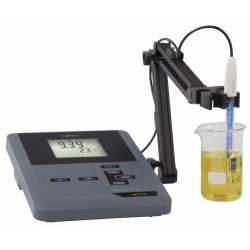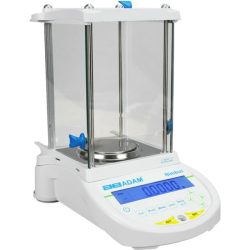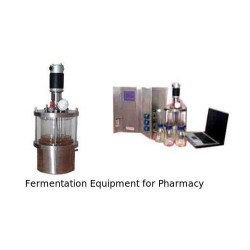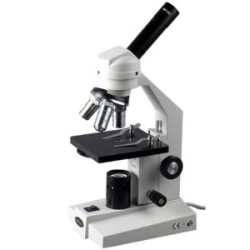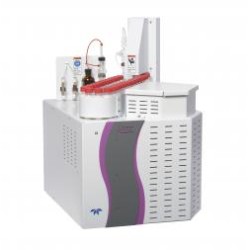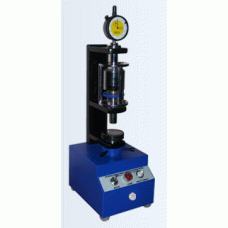Click Image for Gallery
Hardness Tester (IRHD)
A measure of the indentation resistance of elastomeric or rubber materials based on the depth of penetration of a ball indentor. An initial contact force is applied to an indentor and the penetration is set to zero. The force is increased to a specified total load and the depth of penetration is measured. The IRHD value is related to the depth of indentor penetration. For highly elastic materials, IRHD and Shore A are comparable. An IRHD value of 0 represents a material with an Young's Modulus of zero and an IRHD value of 100 represents a material with an infinite Young's Modulus. The relationship between the depth of penetration (hardness) and the IRHD number is based on: F/E=0.0038r0.65*D1.35
where:
- F is the indentation force in Newtons,
- E is the Young's Modulus in MPa,
- r is the indentor ball radius in mm, and
- D is the depth of penetration in mm.
| Test | Ball Diameter (mm) | Contact Force (N) | Total Force (N) | Thickness (mm) | IRHD Range |
| N (Normal) | 2.5 | 0.3 | 5.7 | 4 | 30 to 95 |
| H (High-Hardness) | 1.0 | 0.3 | 5.7 | 4 | 85 to 100 |
| L (Low-Hardness) | 5.0 | 0.3 | 5.7 | 6 | 10 to 35 |
| M (Micro) | 0.395 | 0.0083 | 0.153 | 4 | 30 to 95 |






